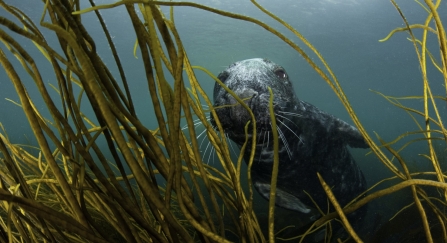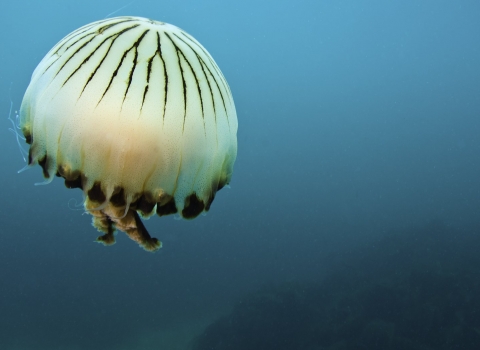The Benyon review of Highly Protected Marine Areas (HPMAs) is published by Defra today. The Wildlife Trusts back its recommendations that HPMAs should be an essential part of the UK network for protection and recovery of the marine environment, and the government should introduce HPMAs within existing protected areas.
The review is published on World Oceans Day by an independent panel of members from academia, industry and conservation backgrounds and chaired by former MP and Fisheries Minister Richard Benyon. The Wildlife Trusts believe that there is an overwhelming case for HPMAs across our seas which would see a ban on all damaging activities. We are calling for an ambitious HPMA delivery plan within a year.
One of the Review panel, Joan Edwards, director of marine conservation at The Wildlife Trusts says:
“Our seas are in an impoverished state and it’s hard for our generation to comprehend how abundant our waters once were. Cod were once as long and wide as humans are tall, and whales, dolphins and basking sharks were many times more common than they are today. We need to let the sea show us what it’s capable of. Today’s publication proposes a vital way of achieving marine recovery. We want to see real ambition from the Government with a commitment to a HPMA delivery plan agreed before World Oceans Day in 2021.


